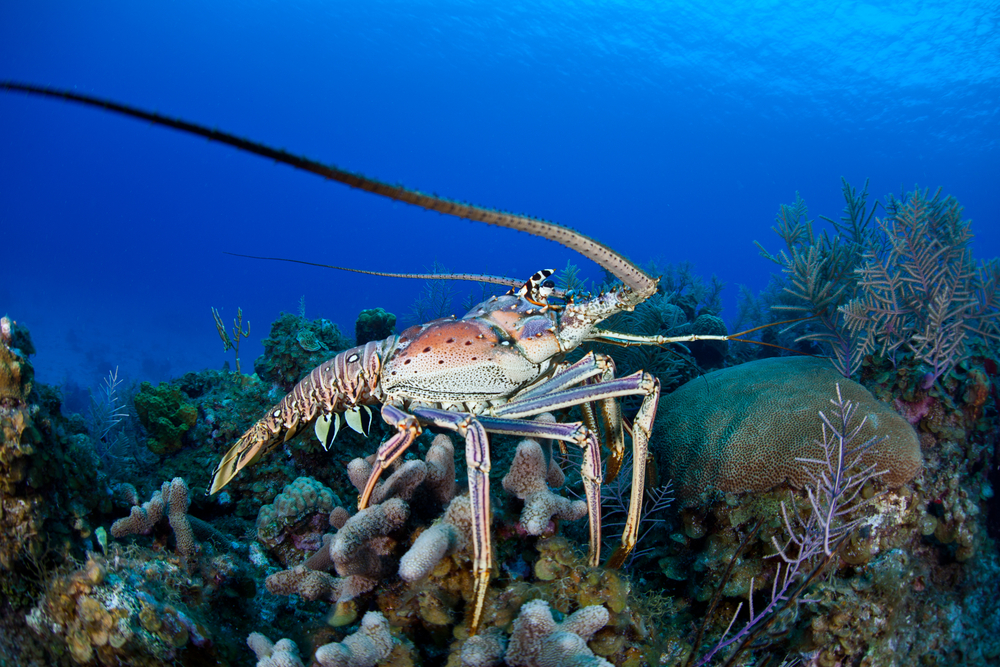Seafood DNA database grows
A recent article in Smithsonian Insider highlights a scientist’s work on Caribbean conch and lobster using a DNA database.
Nathan Truelove, a postdoctoral fellow in the Marine Conservation Program at the Smithsonian Marine Station in Fort Pierce, Florida, is using genetic sequencing to determine where two species, spiny lobster and queen conch, have been caught in the Caribbean. Because these species can migrate and live in different regions of the Caribbean, DNA samples can be tested to determine where the catch originated.
Truelove and his colleagues have been building a DNA database by obtaining small samples from the two species. Once enough genetic information has been collected, the DNA can be sequenced and analyzed. A conch or lobster can then be traced back to a specific country or an area within a country’s waters based on the DNA markers for local adaptation.
The ability to better identify seafood species continues to be a powerful tool.
The full article is available at http://insider.si.edu/2016/03/marine-scientist-developing-dna-database-to-track-caribbean-conch-and-lobster/.



